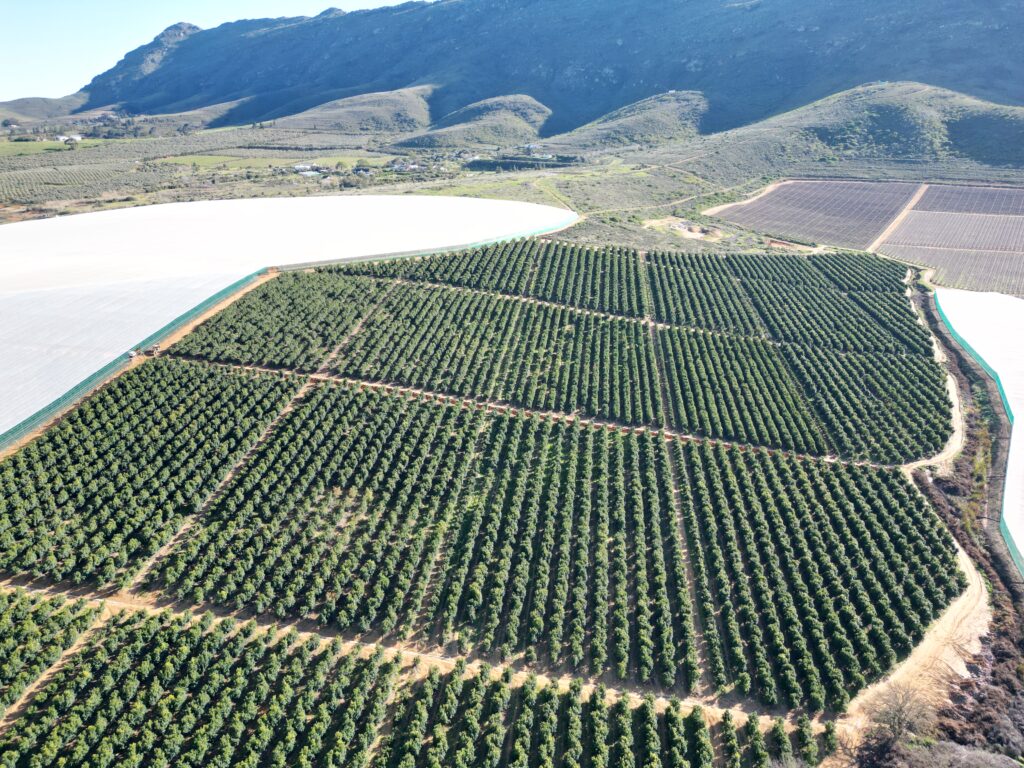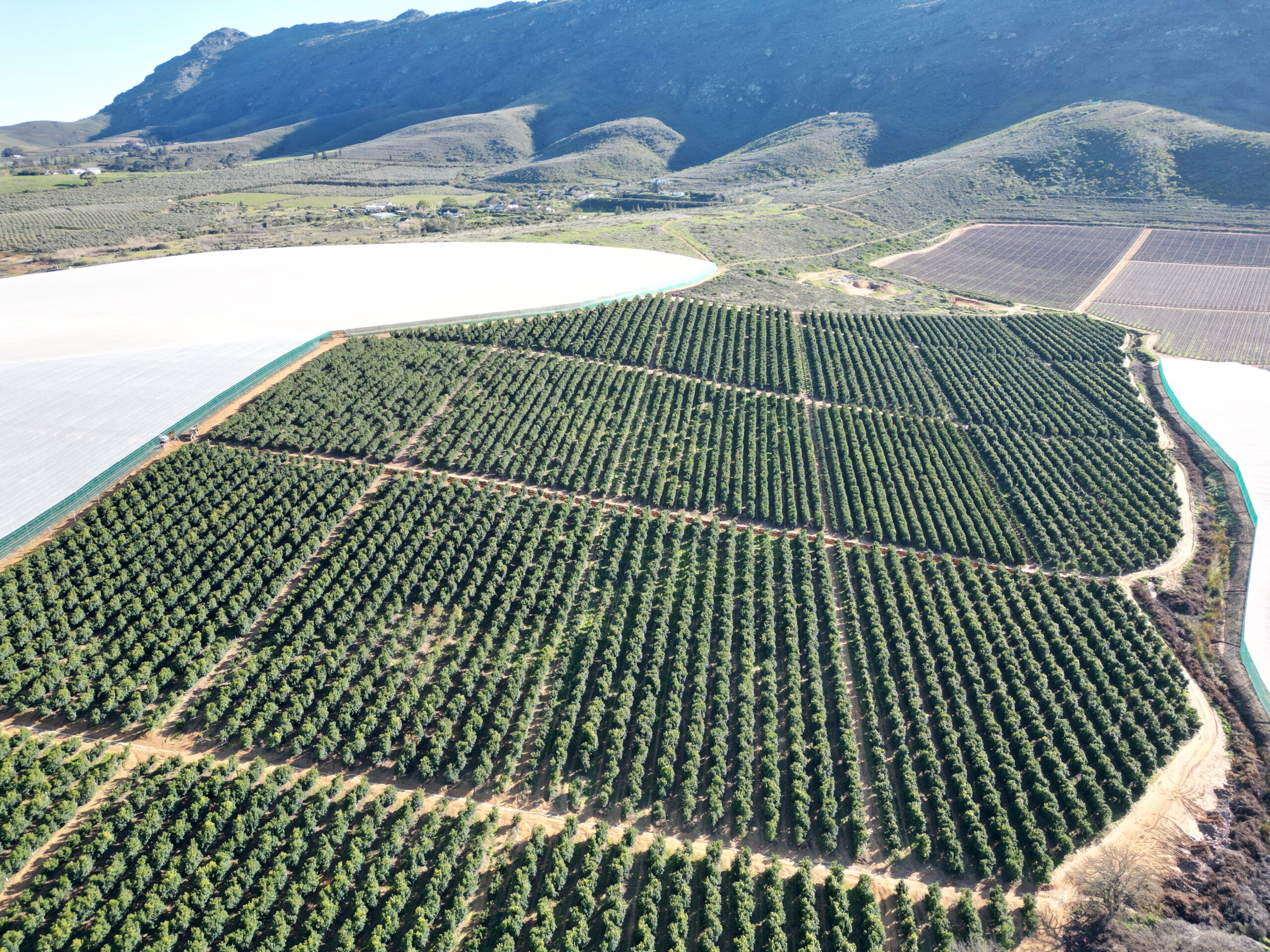
CREDIT: ECO-INNOVATION
Can solar energy be stored in soil? The UK government is hedging on it.
Solar power could one day be stored in the ground beneath our feet, if an “adventurous” new project to create a ‘soil battery’ succeeds.
The design – which uses earth’s teeming microbial life to transfer energy – is one of dozens of bright ideas that has just got a major funding boost from the UK government.
As with sand and water batteries, a plentiful natural resource is being called on by researchers at Cardiff University to help solve the problem of renewable energy storage.
UK Research and Innovation is investing £15 million (€16.9 million) in the nascent technology, along with 67 other projects that it recognises are ‘high risk’, but have a “potentially transformative impact”.
“The possible scale of that impact is really exciting,” lead researcher Dr Michael Harbottle tells Euronews Green. “To see something that’s really quite novel, possibly having a big impact is what’s driving us.”
He first got the idea from reading about a concrete battery which used a chemical process, and wondered whether a biochemical process might not have more to offer.
- How can soil store solar energy?
Harbottle’s field of research is, as yet, an abstract one. But he’s not the first person to realise the potential of soil in this way.
“There are plenty of examples of people effectively just putting soil into a jar, putting a couple of electrodes in and connecting them together,” he says.
Throwing solar energy into the mix requires something more elaborate. The plan is to send electricity from solar panels to buried electrodes, thereby stimulating certain bacteria in the soil.
“If you make energy available to microorganisms, they’ll use it in some way to survive,” explains Harbottle. “Just like providing food, if you provide electrical energy, there are organisms who can use that to perform electrosynthesis, where they synthesise [combine] carbon-based molecules from carbon dioxide.”
The bacteria convert the electrical energy into a chemical called acetate.Michael Harbottle/Getty Images
A bit like photosynthesis – whereby plants take in CO2 and transform it in their cells – but all happening below ground. Electric power, CO2, action: the “bugs”, as Harbottle calls them, get to work using the energy to reduce the carbon dioxide and make a more complex molecule called acetate.
This acetate, which he describes as being the same sort of molecule found in vinegar minus the acid, acts as a chemical store of energy. When needed, another circuit (known as a microbial fuel cell) is switched on, which activates a different set of bacteria to break down the acetate.
These feasting bugs release electrons which flow through the circuit, providing electricity on demand. Just another strange stage in sunlight’s 150 million kilometre journey to Earth.
By Lottie Limb • Updated: 30/09/2022






